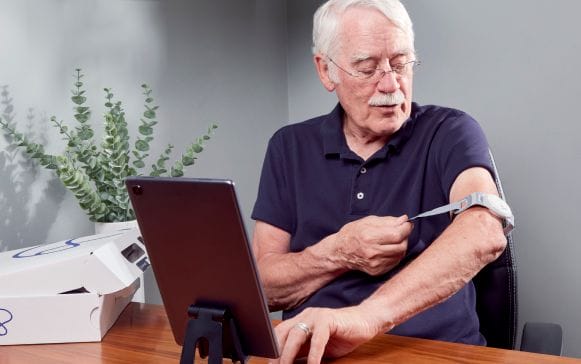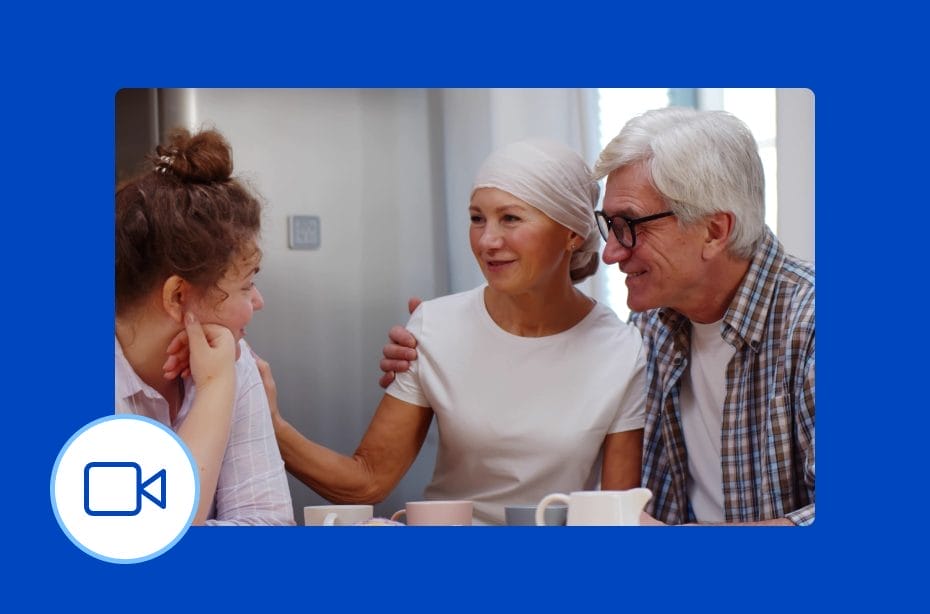Four Challenges to Launching and Scaling a Hospital at Home Program
Home-based healthcare has experienced a seismic shift in both attitude and appetite. Even as a post-pandemic landscape begins to emerge, patient demand for healthcare at home shows no sign of waning. CMS has now granted approval for acute care Hospital at Home programs to more than 160 hospitals.
But healthcare leaders seeking to deliver high-acuity care outside brick and mortar facilities face several challenges when launching and scaling these programs. In this post, we’ll explain these challenges and offer some insight into how top healthcare providers are addressing them.
1. Patient Selection and Identification: Whom to treat at home, and when?
As Johns Hopkins’ pioneer program showed, Hospital at Home care improves outcomes, reduces adverse events, and improves satisfaction for many patient populations. But selecting patients who are the right fit for an early-stage program is vital for the future of your program. Typically, providers prioritize home-based care by specific clinical use cases, involving clinicians from relevant teams to create protocols and standards for patient selection. Some of these standards, such as internet or cellular connectivity, are transferable across clinical use cases. Others will depend on the patient’s co-morbidities and acuity.
Top Patient Populations for Launching Acute Care at Home Programs, Based on Current Health’s Clients
- COVID-19
- COPD (chronic obstructive pulmonary disease)
- CHF (congestive heart failure)
- Oncology and CAR-T therapy
- Joint replacement
- Frailty and geriatrics
Consider This: Data-based Clinical Pathways should include inclusion and exclusion criteria for each patient population included in your program.
2. Monitoring & Coordinating Care 24/7: Who responds to alerts?
In a 2021 survey by Current Health, 8 out of 10 healthcare IT leaders expect to increase investments in remote patient monitoring in the next year. Hospital at Home programs built on a foundation of continuous passive monitoring can deliver deep insights into patients’ status and enable earlier intervention or care plan modification.
But continuous data feeds are likely to trigger an alarm overnight, catching deterioration that would otherwise go unnoticed. Most providers don’t have an existing team setup to monitor patients outside the hospital around the clock. This team needs to be clinically trained to both interpret the clinical data available as well as assess and triage patients virtually. From there, the team needs to be able to coordinate with medical teams and services to provide timely care. Baptist Health addressed this challenge through their partnership with Current Health.
“Current Health provided first-line monitoring through their team of trained clinicians, enabling us to provide 24/7 patient support,” Oliver noted. “Based on the nature of an alarm and our existing parameters, Current Health’s team would either reach out to a patient to provide support via phone, if the patient’s data indicated any abnormalities, or escalate the alarm to our home care team to provide early intervention.”
– Brett Oliver, CMIO, Baptist Health
Consider This: Plan workflows for after-hours alarms of varying severity. A managed Clinical Command Center can reduce scheduling challenges and triage alerts to help you scale and save your clinical teams’ time and energy.
3. Coordinating and Delivering In-Home and Virtual Clinical Services: Who calls or visits, and when?
As more care moves into the home, providers need to rethink their clinical operations and staffing models. Clinical protocols have been entirely designed around the brick and mortar infrastructure of facilities, and those same processes often can’t be transposed into the home. Providers need to build new workflows and communication mechanisms to support both virtual and in-home visits.
Our partners have achieved greatest success when clinical teams partner with their operations colleagues to build and document the necessary processes and procedures to ensure an efficient rollout strategy.
The higher acuity your program is designed for, the more accessible in-home clinical services should be. Whether you’re deploying new or existing care teams or partnering with third parties, communicating visits and services to patients ahead of time helps build engagement and adherence.
Consider This: Current CMS regulations for Hospital at Home programs do not require daily in-home visits. For many patients, visits can be accomplished virtually.
Download the White Paper:
Understanding CMS Guidelines for Hospital at Home
4. Providing the Full Suite of In-Home Services: The right service to the right patient at the right time
For high acuity Hospital at Home models, in-home nursing visits are just the beginning of providing high-quality care at home. Your Hospital at Home program must include pharmacy, equipment, and meal services, among others.
The breadth of services that are available within a brick and mortar hospital can be intimidating for those trying to recreate a comparable level of care in the patient’s home for the first time. But Hospital at Home programs present an opportunity for creativity in healthcare delivery. How do you build a Hospital at Home program that improves experiences for patients and providers? Start with a flexible platform that coordinates healthcare services based on insight into patient health.
Consider This: Use our Hospital at Home checklist to make sure your team isn’t forgetting any critical program components.



